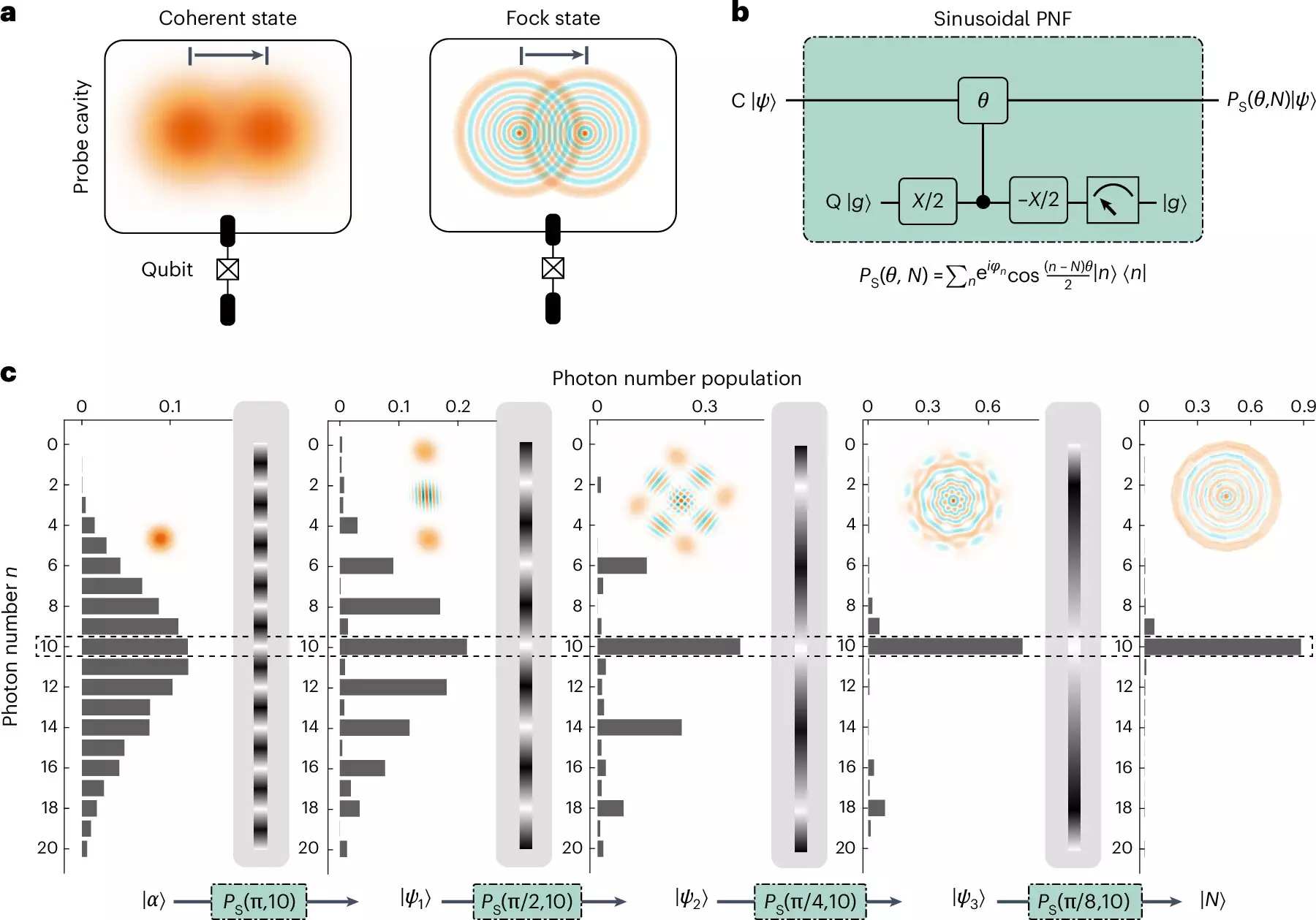In the complex world of physics, the accuracy of measurements plays a fundamental role in shaping our understanding of the universe. As technological advancements continue to push the boundaries of what we know and can observe, the ability to collect precise measurements has emerged as a key catalyst for scientific discovery. High-precision measurement techniques, particularly in quantum metrology, are essential for experimentally validating theories and uncovering new phenomena. The capabilities of modern quantum-enhanced metrology extend beyond classical methods, offering a glimpse into the future of research across various disciplines.
Quantum-enhanced metrology employs non-classical states to achieve measurements that theoretically surpass traditional techniques. However, despite the potential benefits, effectively manipulating these non-classical states remains a significant challenge for researchers. This difficulty arises from the inherent complexity of quantum mechanics, which can make it hard to generate and control the required states. Recently, a team from the International Quantum Academy and other leading institutions has made strides in addressing this challenge, proposing an innovative approach that combines advanced methodologies with cutting-edge technology.
In their groundbreaking study published in Nature Physics, the researchers introduced an efficient way to produce large Fock states, containing as many as 100 photons. Yuan Xu, a key co-author of the paper, emphasized the importance of the work by stating, “Our recent research primarily focused on the high-precision measurement of weak microwave electromagnetic fields.” The use of microwave Fock states within a superconducting cavity has shown great promise due to their ability to demonstrate ultrafine interference characteristics, which can detect minute shifts caused by weak microwave fields.
To achieve a substantial improvement in measurement precision over traditional methods, the research team sought to create an approach capable of generating these large Fock states. Their pioneering method involves using two distinct types of photon number filters (PNF): sinusoidal PNF and Gaussian PNF. This innovative technique effectively harnesses the photon-number-dependent response of an ancilla qubit that interacts with the cavity.
The application of these photon number filters is a crucial aspect of the researchers’ methodology. The sinusoidal PNF operates through a clever conditional rotation embedded in a Ramsey-type sequence, allowing it to selectively block specific photon numbers from the cavity’s various states. In contrast, the Gaussian PNF utilizes a qubit flip with a Gaussian envelope that compresses the photon distribution, focusing on the desired Fock state. This strategic combination of filters promotes efficient large Fock state generation, which Xu describes as a vital advantage due to its logarithmic scaling with photon numbers—making it significantly more effective than earlier methods that demonstrated polynomial scaling limitations.
The implications of this work are profound. The researchers’ approach successfully achieved a metrological gain of 14.8 dB, pushing the boundaries of precision in a manner that approaches the Heisenberg limit. Such outcomes highlight not only the effectiveness of the proposed method but also pave the way for future scientific inquiries that could yield important discoveries across multiple domains. As Xu pointed out, “First, our study benefits fundamental research by providing a testbed for theoretical predictions of highly non-trivial quantum effects in quantum optics and quantum mechanics.”
Furthermore, the versatility of this technique extends beyond mere measurement enhancement; it holds promise for practical applications within high-precision radiometry, weak force detection, and even the search for dark matter. The ability to generate large Fock states efficiently opens up a wealth of possibilities for both theoretical research and applications that require high-precision measurements.
As the research team looks to the future, they are dedicated to refining their methods and extending their reach within the quantum metrology landscape. Xu mentions two specific areas for upcoming studies: improving the coherence performance of their quantum systems and enhancing the scalability of their quantum control techniques. By striving for larger Fock states with higher photon numbers, they hope to achieve even greater metrological gains, furthering the impact of their work on the field of quantum mechanics.
The advances in quantum-enhanced metrology, particularly through the generation of precise Fock states, represent a significant leap forward in both theoretical understanding and practical application. As measurements become increasingly refined, the potential for groundbreaking discoveries in physics and beyond appears brighter than ever. The journey of these researchers underscores the compelling nature of quantum science and its capacity to reshape our perception of reality.


Leave a Reply